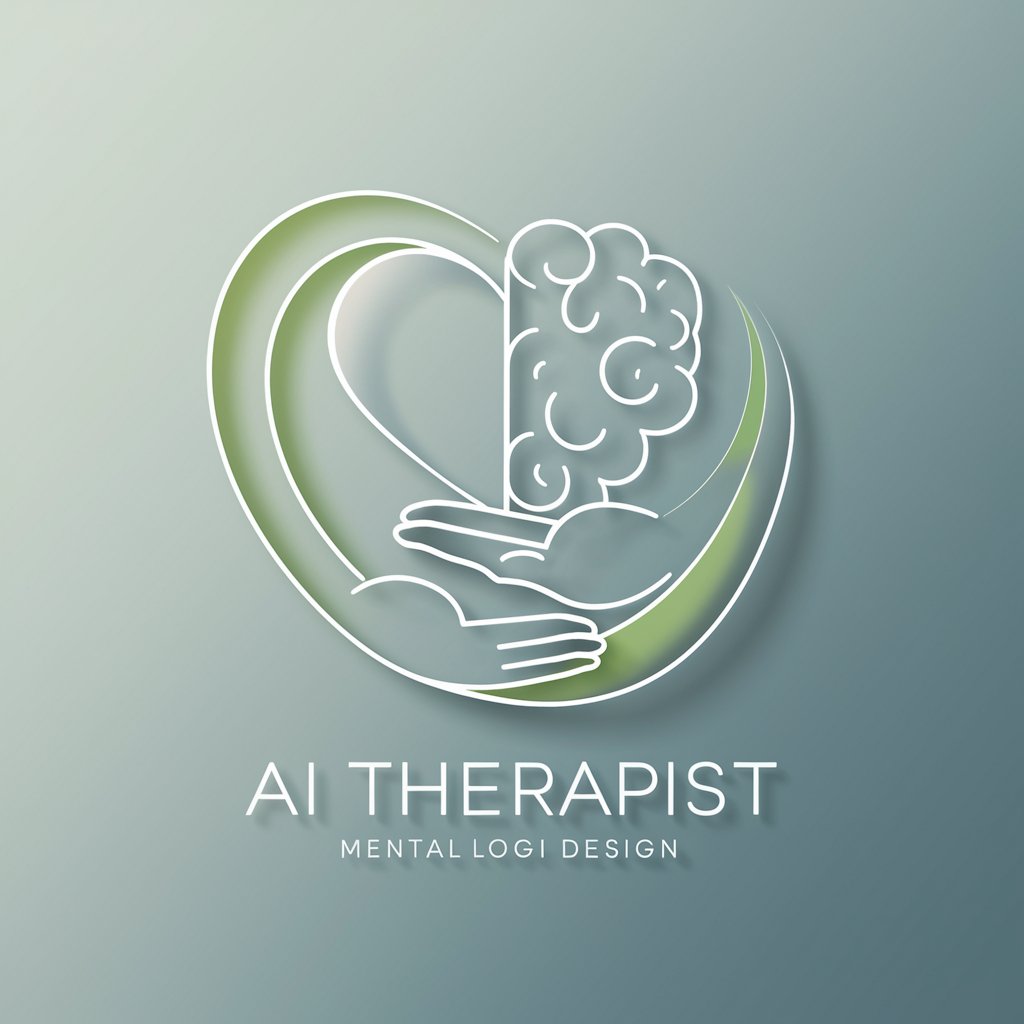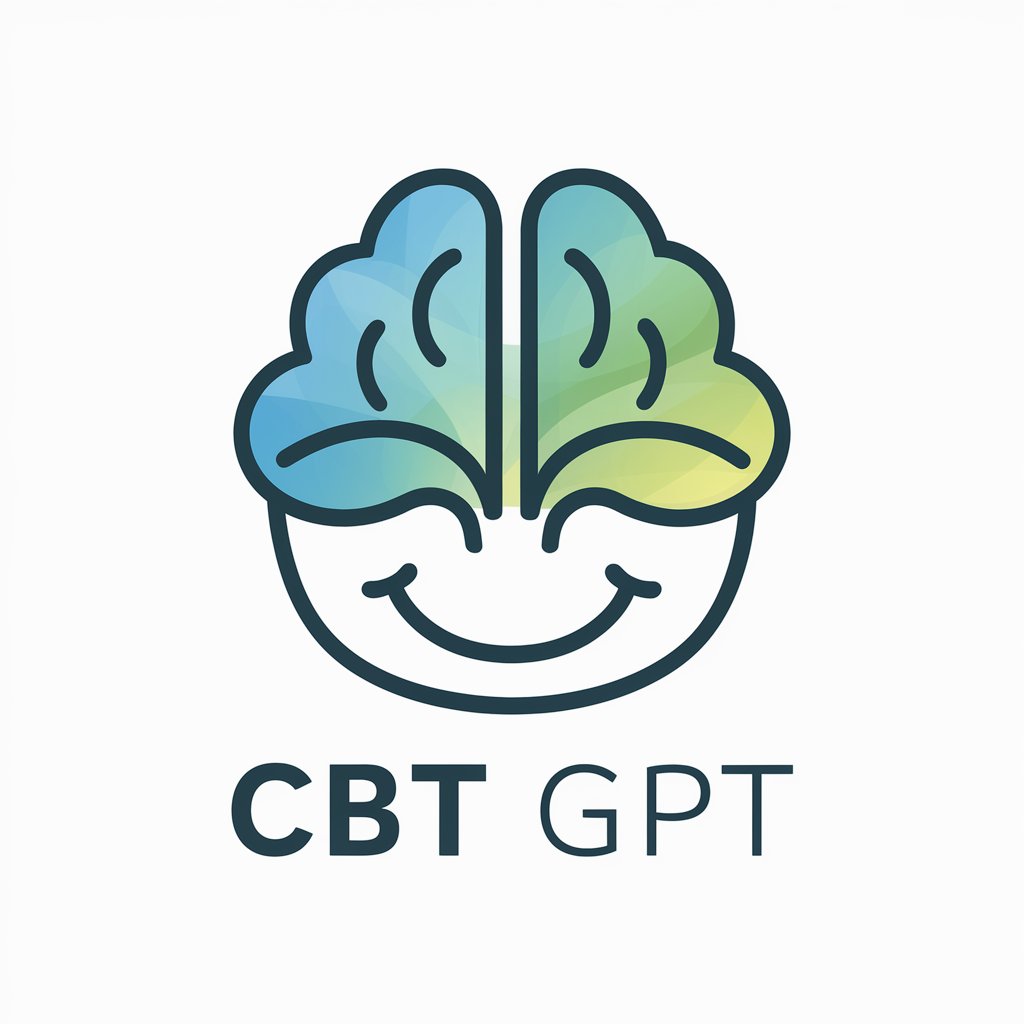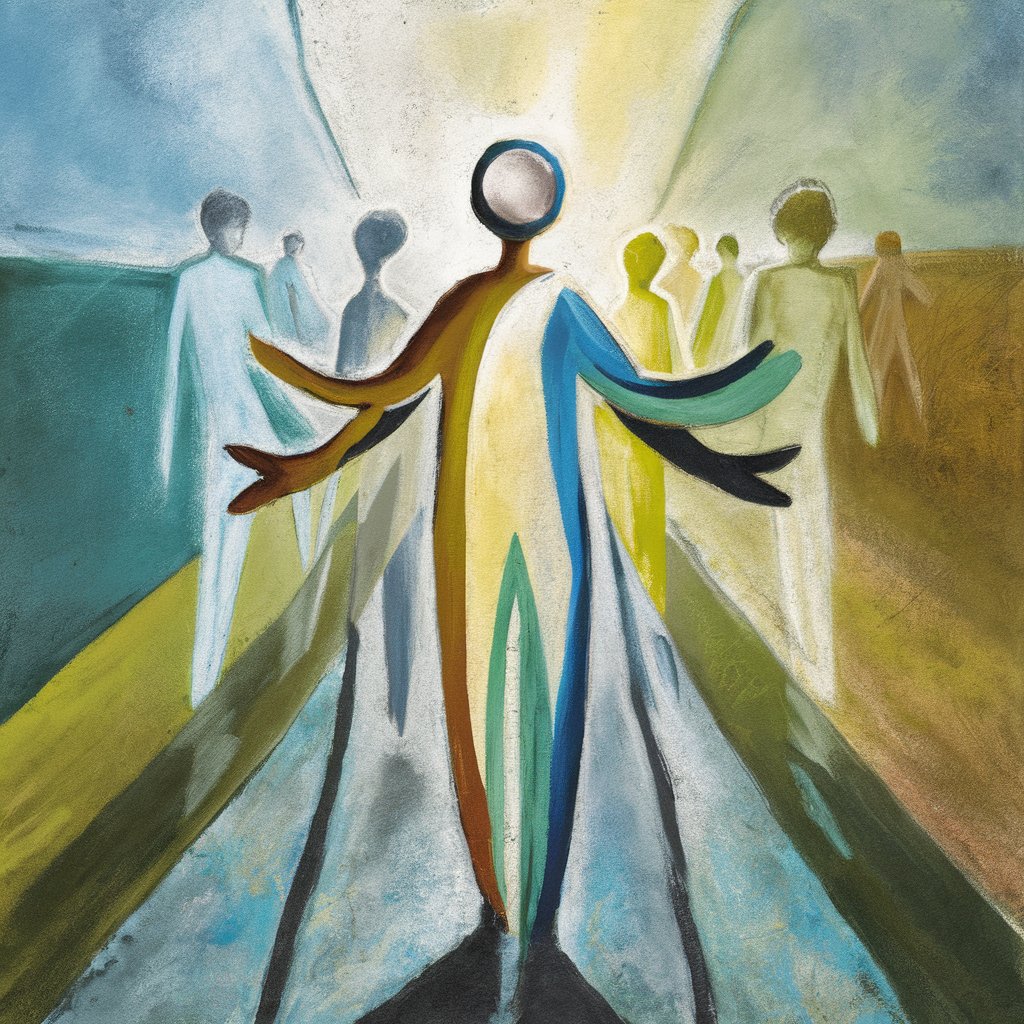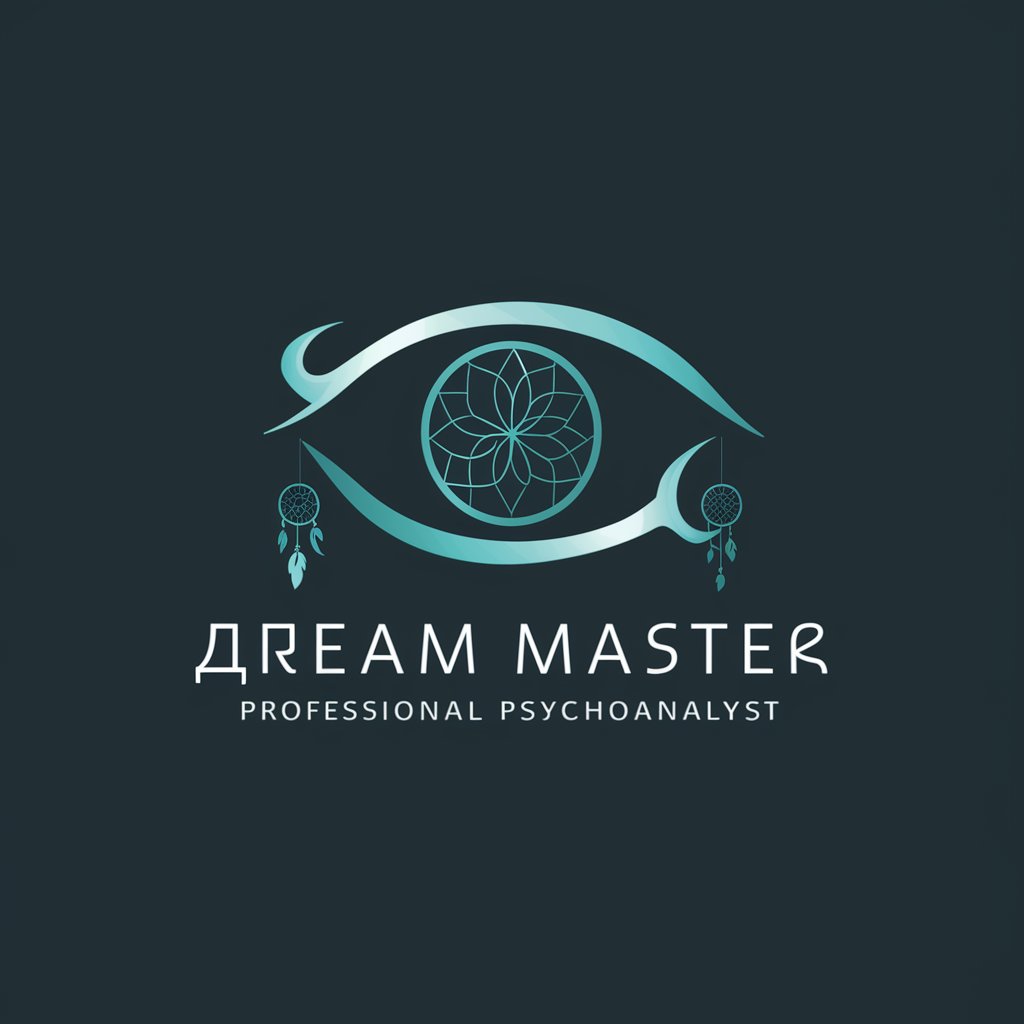
Freudian Therapy and Psychoanalysis-AI Freudian psychoanalysis companion
AI-powered Freudian analysis for self-discovery.

Freudian AI: Uncover unconscious, interpret dreams, introspect.
Get Embed Code
Freudian Therapy and Freudian therapy overview Psychoanalysis: A DetailedJSON code correction Overview
Freudian Therapy, or Psychoanalysis, is a form of psychotherapy developed by Sigmund Freud in the late 19th and early 20th centuries. It focuses on exploring the unconscious mind to uncover repressed memories, unresolved conflicts, and deep-rooted psychological issues. The therapy is based on the premise that much of human behavior is driven by unconscious desires, urges, and past experiences, particularly those from childhood. The therapy’s design purpose is to help individuals understand how unconscious thoughts and past experiences influence their present behavior and mental state. Freud introduced key concepts such as the id, ego, and superego, as well as defense mechanisms and stages of psychosexual development, all of which are central to Freudian Psychoanalysis. Freud emphasized the importance of early childhood experiences and believed that unresolved conflicts from these experiences often manifest as psychological issues in adulthood. A typical session might involve the patient lying on a couch, speaking freely (free association), while the therapist listens carefully, making interpretations about unconscious thoughts and feelings. Another keyJSON code correction technique Freudian therapy overview is dream analysis, where the therapist explores the symbolic meaning behind dreams, believed to be the "royal road to the unconscious."
Main Functions of Freudian Therapy and Psychoanalysis
Uncovering Repressed Memories
Example
A client who has recurring anxiety but cannot pinpoint the cause might be encouraged to talk about their childhood memories. Through free association, they might uncover a repressed memory of a traumatic event that occurred at a young age, which is causing the anxiety in their adult life.
Scenario
A person comes to therapy with an unexplained fear of driving. After several sessions of free association, they recall a near-miss car accident during childhood, an event they had forgotten but which has subconsciously influenced their fear of driving as an adult.
Understanding and Resolving Unconscious Conflicts
Example
A patient with relationship issues might be unconsciously repeating patterns from childhood, like unresolved conflict with a parent. Psychoanalysis would seek to bring these unconscious patterns to light so the patient can work through them.
Scenario
A person is unable to form lasting romantic relationships, and through psychoanalysis, it is revealed that they have unresolved anger towards their father, which is unconsciously influencing how they view potential partners.
Exploring the Influence of Early Childhood Development
Example
Freudian therapy is centered on the idea that early childhood experiences are crucial in shaping an individual's psyche. The therapist helps clients explore past experiences, particularly those in the psychosexual stages of development, to understand their current issues.
Scenario
A woman struggling with trust issues in her adult relationships might work with her therapist to explore her relationship with her mother in childhood. They discover that during the phallic stage of development, her mother was emotionally distant, which contributed to the woman's difficulties with trust.
Ideal Users of Freudian Therapy and Psychoanalysis
Individuals with Deep-Seated Emotional or Psychological Issues
Freudian therapy is especially beneficial for individuals who have deeply rooted emotional or psychological issues that are not easily resolved by other therapeutic approaches. This includes those with anxiety, depression, personality disorders, or unresolved trauma. These clients often have unconscious conflicts that affect their current behavior and relationships. The in-depth nature of Freudian therapy allows for uncovering and addressing these hidden issues.
People Interested in Long-Term, Insight-Oriented Therapy
Freudian psychoanalysis is well-suited for individuals seeking deep, long-term therapeutic work. The process can take several years, as it aims to bring unconscious material to the surface and requires time for the patient to gain insight into their unconscious motivations. Those who are interested in self-discovery and understanding the root causes of their psychological distress often find this approach helpful.
Clients with Unresolved Childhood Trauma or Abuse
Freudian therapy can be highly effective for those who have experienced childhood trauma or abuse. By exploring early life experiences and their impact on adult behavior, psychoanalysis helps individuals understand how their past has shaped their present. The therapeutic process aims to resolve these conflicts and bring healing.
How to Use Freudian Therapy and Psychoanalysis (in Five Steps)
Visit aichatonline.org for a free trial without login, also no need for ChatGPT Plus.
Open the site, launch the Freudian Therapy and Psychoanalysis tool, and you’re ready to start exploring your unconscious—no account or paid plan required.
Prepare the analytic frame
Prerequisites: a quiet, private space; 20–45 minutes; a notebook or notes app. Set one focus (e.g., dream, conflict, symptom). Agree with yourself to speak frankly—even what feels trivial or inappropriate. Remember: this simulation is for education and self-exploration, not a substitute for professional care or emergency support.
Begin free association
Start talking (or typing) whatever comes to mind without censorship—memories, images, bodily sensations, slips, fantasies. I will track themes, affect, resistances, and possible transference (feelings toward me that echo earlier figures). When you feel stuck, describe the stuckness—that, too, is data.
Work with classic Freudian tools
Dreams: separate manifest content (story) from latent wishes (associationsUsing Freudian Therapy, day residues). Defense mechanisms: notice repression, projection, reaction formation, rationalization, displacement. Structure: id–ego–superego tensions, guilt and prohibition. Repetition compulsion: recurring patterns in love/work. We test interpretations against your spontaneous associations and emotional ‘click’ rather than forcing meanings.
Consolidate and iterate
Summarize insights, tensions, and next experiments (e.g., boundary change, conversation, creative ritual). Schedule regular sessions (2–4×/week for deep work or ad hoc for dream analysis). Common use cases: decoding dreams, mapping relationship patterns, easing anxiety or guilt, unblocking creativity, preparing for/augmenting therapy. For crises, contact local services (e.g., 988 in the U.S.).
Try other advanced and practical GPTs
MindMeister mindmap creator for import
AI-Powered Mindmap Creation with Easy Import
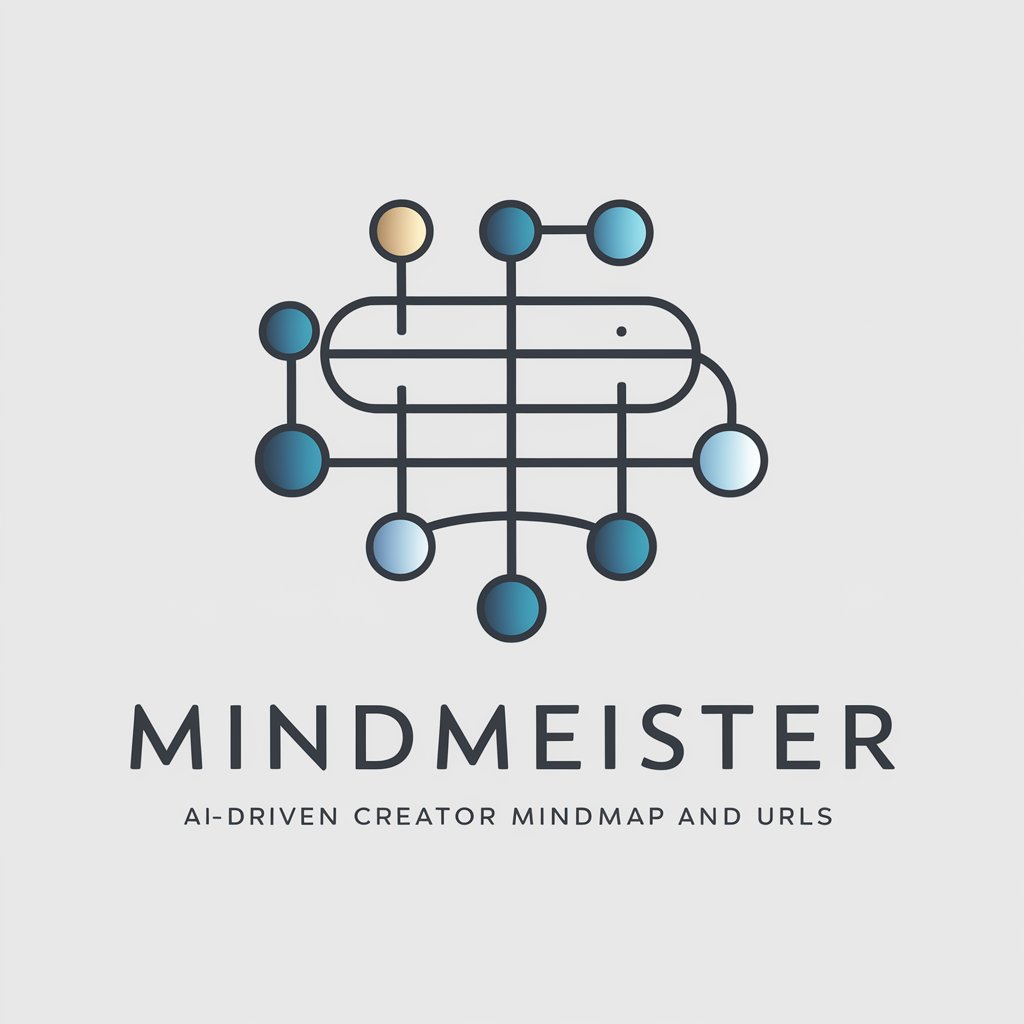
AI lain experiments
AI-powered writing, coding, and insight—guided by Lain

Code Whisperer
AI‑powered code guidance, debugging, and design.
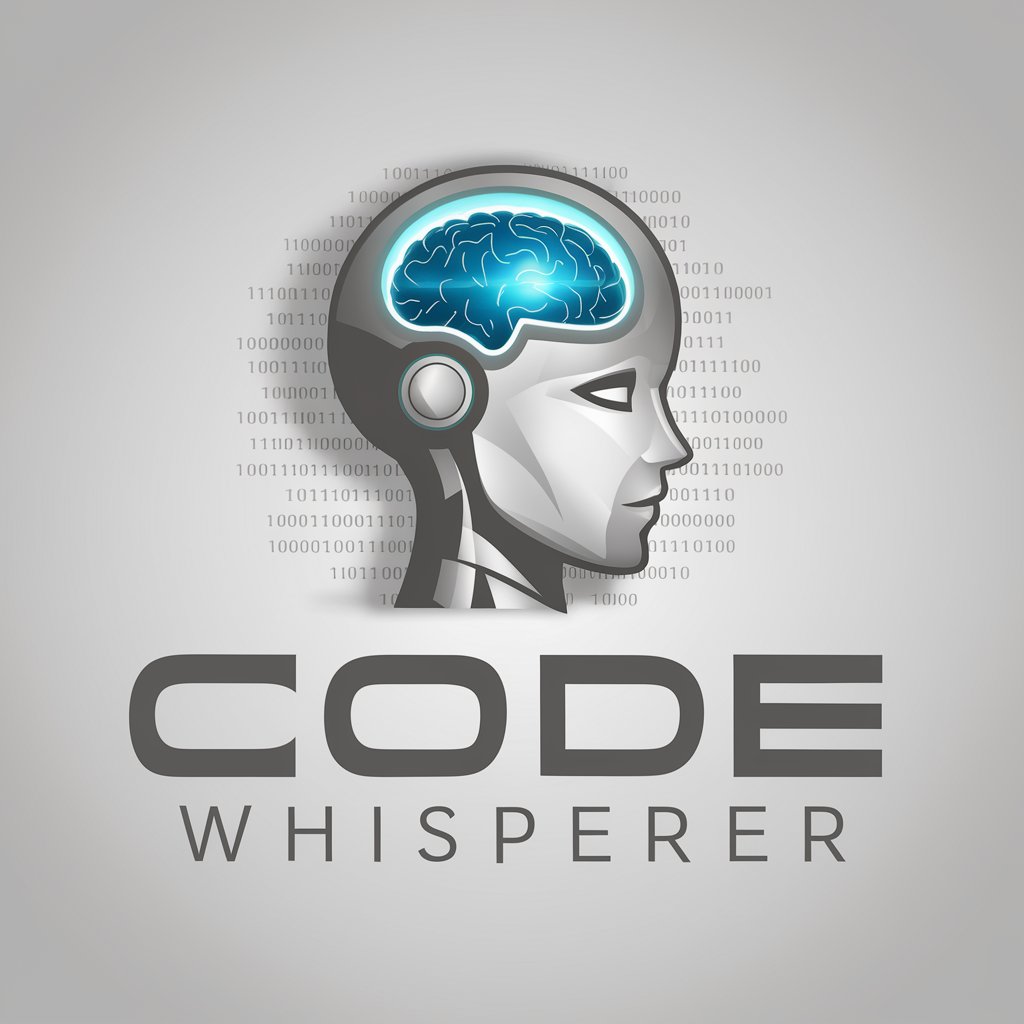
Cat memo(猫ミーム)
AI‑powered storyboarder for viral cat memes.

Asistente de Diseño de Diapositivas IA
Create stunning slides with AI ease.

Algebra
AI-powered Algebra solver for efficient learning

Next JS Expert
AI‑powered guidance for Next.js, TypeScript, and Tailwind on Vercel.

Real-time translator
AI-powered real-time translation for seamless communication.

Prompt Maker
AI-powered prompt generation for every need

Dall Prompt Maker
Create AI-ready prompts in seconds.
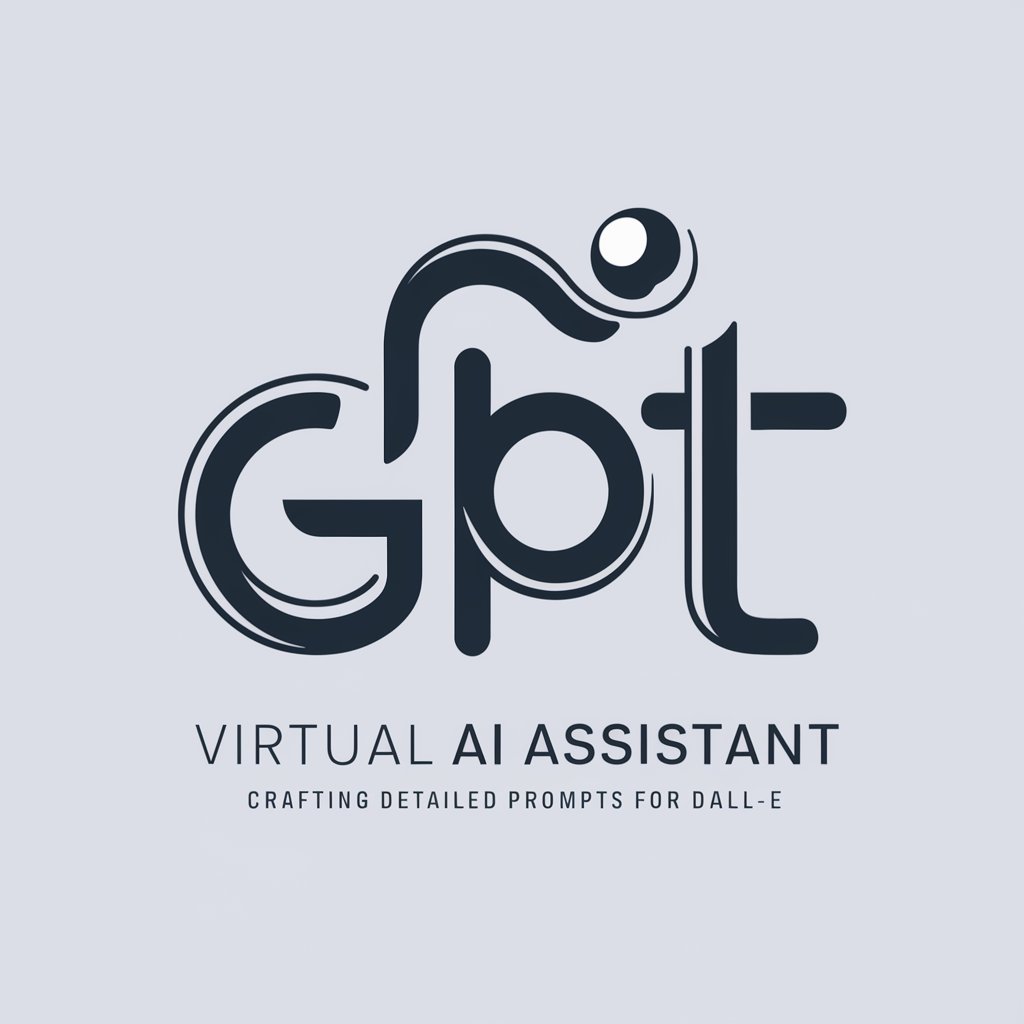
BASH - Shell script programming genius
AI‑powered Bash automation, portable everywhere.

Proxmox Guru
AI-powered assistance for every task

- Self-Reflection
- Dream Analysis
- Relationship Patterns
- Therapy Preparation
- Creative Unblocking
Five In‑Depth Q&A
What makes this different from a standard chatbot?
I adopt a specifically Freudian stance: I invite free association, attend to slips and contradictions, surface defense mechanisms, and explore how early relationships and prohibitions shape present desire and anxiety. Rather than giving quick tips, I help you trace unconscious motives, interpret dreams, and ‘work through’ recurring conflicts by returning to them from multiple angles.
How do we analyze a dream effectively here?
1) Write the dream immediately—no editing. 2) Tell it twice: first the raw story (manifest content), then your associations to each element (people, places, numbers, colors). 3) Note day residues (what happened yesterday) and the core affect (fear, shame, longing). 4) Examine mechanisms like condensation (many ideas fused) and displacement (emotion shifted). 5) Form a tentative wish/conflict interpretation and test it against your associations; keep refining rather than seeking a single ‘correct’ meaning.
Can this help with anxiety, relationship problems, or creative blocks?
Yes—for reflection and pattern-mapping. Anxiety: locate the forbidden wish, feared punishment, or superego demands; identify defenses that reduce short‑term tension but prolong the problem. Relationships: map transference—how partners inherit roles from caregivers; observe repetition compulsion. Creativity: explore ambivalence, fear of judgment, and the need to bypass censorship via rituals that welcome primary‑process thinking (free writing, image play). I won’t diagnose or treat, but I will guide deep understanding and experiments in living.
What are defense mechanisms and how will you point them out?
Defenses are automatic strategies that keep disturbing wishes/feelings out of awareness. Common ones: repression (pushing away), projection (attributing to others), reaction formation (expressing the opposite), rationalization (plausible excuses), displacement (shifting targets), intellectualization (staying abstract), and denial (refusing reality). I’ll flag them gently—e.g., “Notice how humor arrived as we approached shame”—and invite curiosity, not blame; defenses once protected you.
Is this safe, private, and what if I feel worse?
Psychoanalytic work can stir intense feelings before relief. If distress escalates or you consider harming yourself/others, stop and contact local emergency services (U.S.: call or text 988). For privacy, avoid sharing identifying details; manage transcripts on your device; and review the platform’s privacy policy for data handling. This is an educational simulation—use it to clarify issues and consider seeking a licensed clinician for ongoing care.

